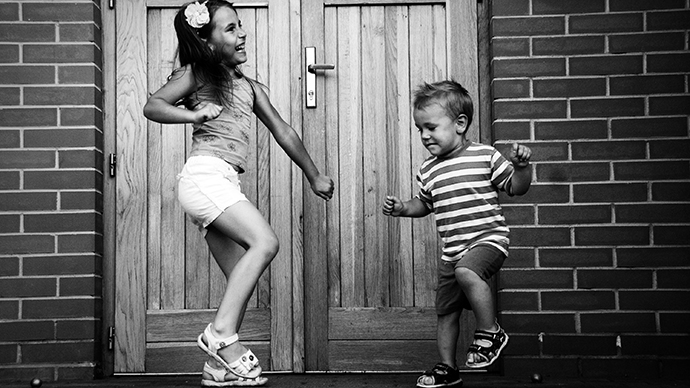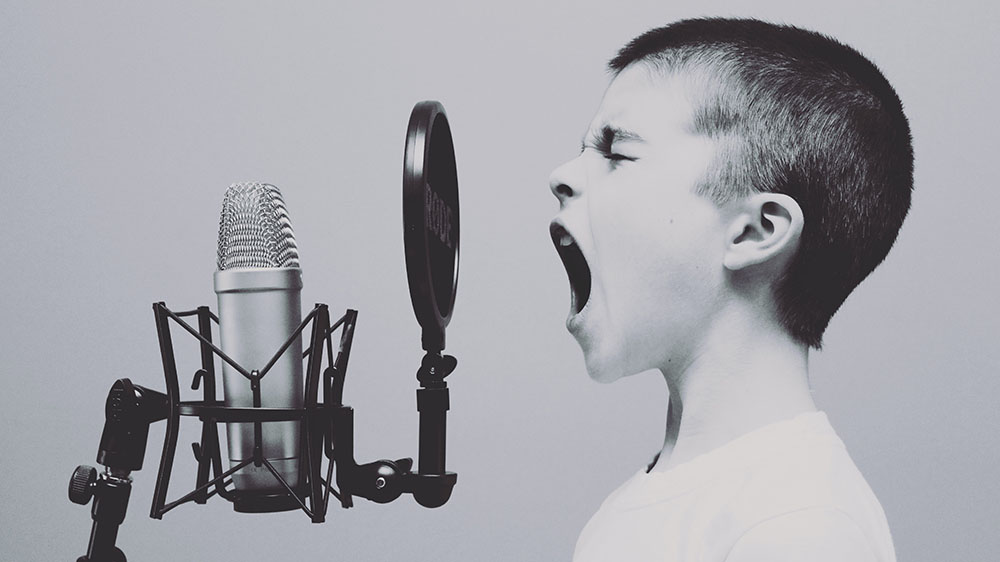With just one look at your eyes, experts can tell what kind of music you want to move to. The urge to dance becomes greater if you first allow yourself to stomp your feet to the beat.

Participants in the experiment most want to dance to "Off the Wall" by Michael Jackson among all the clips they heard in the experiment. "Voyager" by Daft Punk was also very popular. "I Wanna Be Your Lover" by Prince also scored high when it came to people's desire to move. Photo: Unsplash.
We have all felt it, the urge to move our bodies when we hear music. All of a sudden, you just have to move your body, whether it is with others on a packed dance floor, or if it is your fingers tapping the beat on the steering wheel when you are sitting all alone in the car.
What kind of music triggers this urge?
"It is very personalized, which makes it really difficult to study", says Connor Spiech at the University of Oslo.
Through laboratory experiments, he has investigated how people react to music and what happens in the brain when the urge to dance arises. Not surprisingly, he sees different patterns in people who play music themselves and those who don't.
"Participants who stated that they play music weekly would be more likely to move to more complicated rhythms. People who don't play music themselves prefer rhythms of low or moderate complexity", Spiech says.
Syncopations do the trick
Although we like it to varying degrees, most of us like a rhythm that offer some challenges. This was evident when Spiech asked the participants to listen to different drumbeats and indicate the extent to which each of them triggered an urge to move their bodies.
"There were a few moderately complex drumbeats where people really wanted to move. Specifically, ones that had syncopations elicited the greatest urges to move".
Syncopation occurs when a temporary displacement of the regular metrical accent occurs, causing the emphasis to shift from a strong accent to a weak accent. A type of delay occurs, as if something has been omitted.
"The omission of an expected sound seems to get people really wanting to move. A syncopation kind of violates what they think the beat is going to be, and maybe they replace the sound they wanted to hear with a body movement. By moving your body, you kind of draw your attention away from the things that distracts you, these omissions", Spiech says.
But one mustn't get carried away.
"When there are too many of these omissions, then it becomes way too complex. People don't know when to move, they cannot get any kind of regularity out of it", says Spiech.

Your pupils give you away
The participants in the experiments didn't just get to listen and say if they wanted to move. The researchers also studied their eyes. The pupils can reveal how much attention a task requires.
This is not something you can observe with the naked eye in your partner on the dance floor. There are tiny changes that are only visible with controlled data analyses.
"It turns out that when people even listening to music you see changes in how attentive they are. This corresponds to, at least in my experiments, how much they want to move to it", Spiech says.
This technology is called pupillometry and utilizes the effects of the chemical called noradrenaline. This organic chemical is strongly linked to what is known in evolutionary psychology as the fight-or-flight response, and it makes your pupils dilate when you become agitated and extra alert.
"Small changes in pupil dilation reflect processes related to attention. The same chemical that is responsible for fight-or-flight reflex, is also responsible for how much attention you are paying to something", Spiech explains.

The effect of stomping your feet to the beat
This effect became even more evident in another experiment in which people were asked to stomp their feet to the beat while listening to small excerpts from well-known and lesser-known songs.
"The pupils dilated more when the rhythms became harder to tap. They are putting in more effort when they pay more attention to be able to synchronize their movements to the beat", says Spiech.
He also saw another effect of stomping to the beat.
"When people were asked to move, they wanted to move to more complicated music than if they were just sitting there listening. It seems like this process of moving and synchronizing to the beat actually makes people tolerate more complex music".









